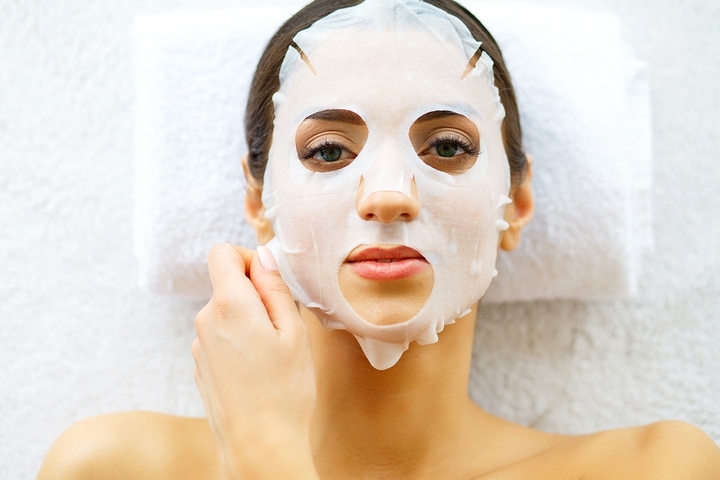Essential oils have been around for a very long time. It is an ancient method of healing and a way of bringing total wellness in both body and mind. In modern times, essential oils have been used for cosmetic purposes, emotional benefits, and part of aromatherapy.
The botanical sources of essential oils are fruits, seeds, barks, stems, flowers, roots and leaves of selected aromatic plants. There are about 10,000 aromatic plants that can be processed to extract essential oils. However, only 500 of these plants are used for commercial oil extraction.
The very first rule you must abide by when it comes to essential oils is that they must be diluted. Pure essential oils have no lipids in them. Using them directly on the skin without a moisturizer or carrier oils can cause drying or unwanted reactions to the skin.
When used correctly, you will gain many beauty benefits from essential oils for skin care. Here are the best ways on how to use essential oils for skin care routines:
Start using essential oils slowly

If this is your first foray into the world of essential oils, best to start small. It is recommended that you add two to three drops of essential oil to your regular moisturizer or lotion. This way, the skin would be able to adapt to the changes in your regular formula and prevent any sudden reactions.
What essential oils should you start with?

Once you have done your research, please read what you need to know and consult your dermatologist on the use of essential oil; it’s time to purchase some oils to start with. So what do you get? Some of the safest and commonly used essential oils are:
- Lavender oil is known for its anti-inflammatory properties and is a natural moisturizer that blends easily with most lotions and carrier oils.
- Tea tree oil is known as the holy grail for acne-ridden skin. It has anti-fungal and anti-inflammatory properties that cleanse the skin from bacteria and fungus.
- Ylang-ylang is great for fighting signs of aging and can be added to a diffuser for its mood-boosting properties.
- Sandalwood is an ancient oil used in many cultures, especially in India. It is highly beneficial for hair and skin. Its restorative properties soothe inflammation, reduce hyperpigmentation and the appearance of skin.
And there you have it, six essential skincare tips to start with when using essential oils.
Mix and match essential oils for skin care

Essential oils are very potent, which is why a few drops goes a long way. Mixing your oils with a carrier oil or moisturizer also means you form a barrier that allows the skin to slowly absorb all the goodness of the oils. It also ensures that these benefits stay on the skin until your next wash.
Testing and trying different essential oils

Skincare regimes are unique to each individual and their skins’ needs. This also means not all oils will work the same way or have the same reactions for you. Another point to think about is that there are many incompatibilities and compatibilities to mixing and diluting essential oils with your existing skincare products.
This is why you need to do your research first. Reading about essential oils and their benefits and trying different pairings to see which is best for you is one of the best ways to stay informed.
Stick to recommended essential oil ratios

The good thing is, there is plenty of information out there on what works and what doesn’t so that you can try them out yourself. However, when mixing or diluting your essential oils with lotions and creams, it is best to stick with the ratio of 5 to 1.5 percent essential oil for face lotions and creams and 1.5 to 3 percent essential oil for the body.
Follow an essential oil dilution chart

Unfortunately, not all oils can be diluted with the same ratio because not all oils are equal. Some require more dilution, while some can be less. Essential oil brands usually provide dilution charts for their essential oils. If you purchase essential oils from a specific brand or company, check their website or blog to know which dilution ratios are safe and how to calculate them.
Speak to your dermatologist about essential oils

If you are unsure, speak to your dermatologist before adding essential oils to your routine. They usually recommend doing a patch test on your forearm for 24 hours before using it on your face or your whole body. The doctor will also be able to advise what kinds of essential oils will be good to start with and even tell you whether or not your skin can take in the use of essential oils.
As mentioned earlier, these oils are potent. If your skin is susceptible, there’s a likelihood that there may be adverse reactions to the use of oils. If you are taking medication or any treatment for your skin, it’s always good to speak to your dermatologist before you use essential oils.




